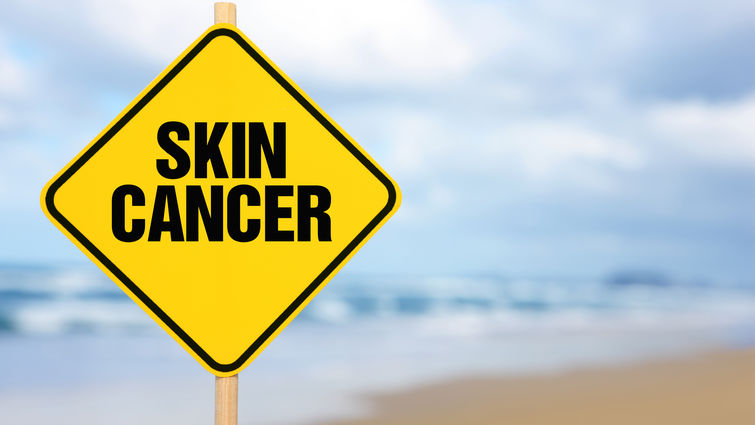
Stay-at-home orders, working from home and outdoor recreation limitations have left many Americans inside their homes during the COVID-19 pandemic. Going outside for extended periods following long indoor periods has put many Americans at risk for the deadliest form of skin cancer: melanoma. A Loma Linda University Cancer Center skin cancer expert breaks down how this indoor and outdoor exposure recipe can be disastrous and how people can protect themselves if they choose to venture outside following prolonged indoor spans.
Mark Reeves, MD, PhD, director of Loma Linda University Cancer Center and skin cancer expert, says he equates the current pandemic to wintertime. He says too often he has seen people stay mostly indoors in the winter, thus limiting their sun exposure. Once spring or summer comes, patients often go outside for prolonged durations in the sun.
“When someone is sheltering at home, their skin is no longer used to the sun,” Reeves says. “Once they go outside for the first time, fall asleep at a park, fall asleep in their backyard, or are just outside too long, they end up getting a bad sunburn due to intense sun exposure. I have seen this time and time again, and this type of relationship with the sun can lead to melanoma.”
UV rays from intense sun exposure penetrate and damage the DNA in skin cells, which causes mutations that can lead to skin cancer. Making sure you are staying safe when you venture outdoors is key to decreasing your melanoma risk.
Reeves offers these tips to stay safe while enjoying the sunshine.
- Pace yourself with sun exposure. Reeves says, pacing yourself with how much sun you expose to your skin will allow your body to adjust to the UV rays. If you have been indoors for several months, it’s not wise to go running on the beach for hours or barbeque in the backyard for several hours. Pace yourself by doing short stretches of time in the sun then slowly increasing your exposure over time. Intervals can decrease the damage done to your skin.
- Protect yourself with the proper clothing items. Make sure you wear long sleeves and a hat if you have an occupation requiring long outdoor exposure. Find ways to cover your skin if you are required to be outdoors for several hours.
- No umbrella, no problem. Some beaches in California are only open for exercise activities. Some people sit under umbrellas, and some beaches are not allowing lounging, so Reeves warns people not to forget about the risk of sun exposure without the safety of an umbrella. Additionally, he says this is a great time to make sure you wear the proper clothing to stay safe.
- If you forget all of the tips, don’t ever forget the sunscreen. Using sunscreen is the most important tip. Aim for SPF 50 and higher, Reeves recommends. Above all else, sunscreen is your greatest defense against the sun. It is just as essential to put the ointment on when going out for a walk, lounging in the backyard or even gardening. No simple task outside is too small to use this ointment as a defense. Any sun exposure requires sunblock.
Loma Linda University Cancer Center has a team of experts willing to answer any questions you may have if you think you may be at risk for skin cancer. If you are concerned with a new spot, mole or skin alteration, please contact the cancer center to schedule an appointment with a specialist at 1-800-782-2623.
